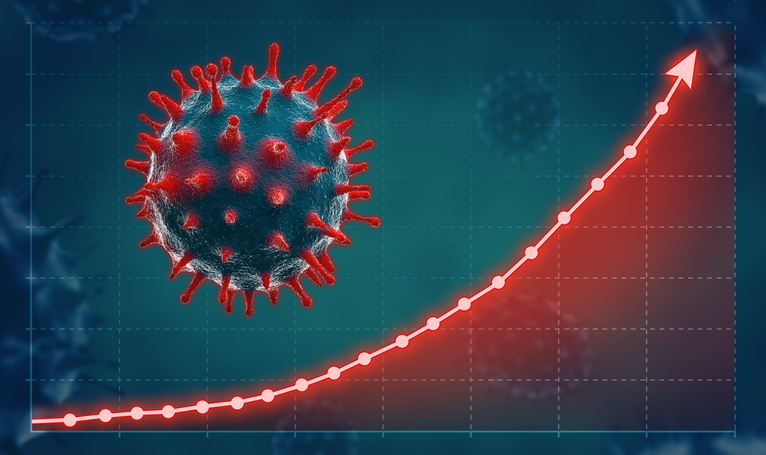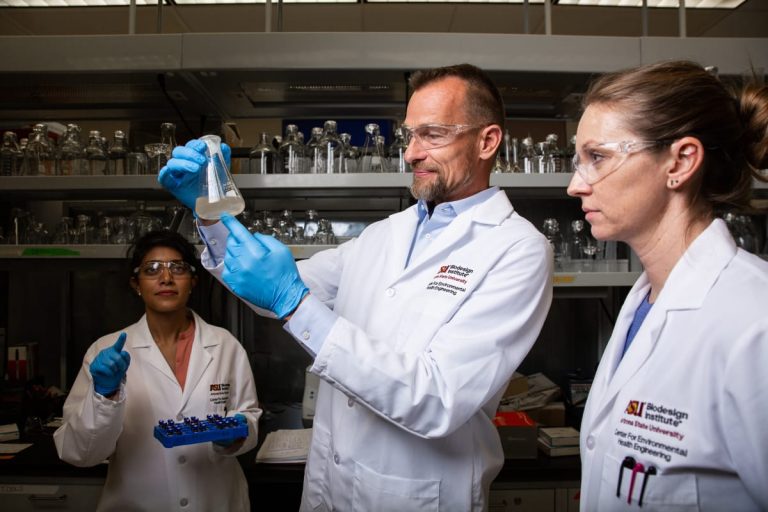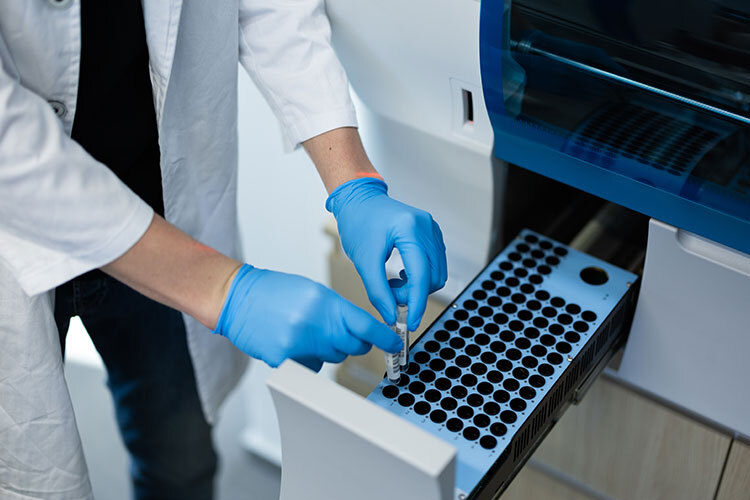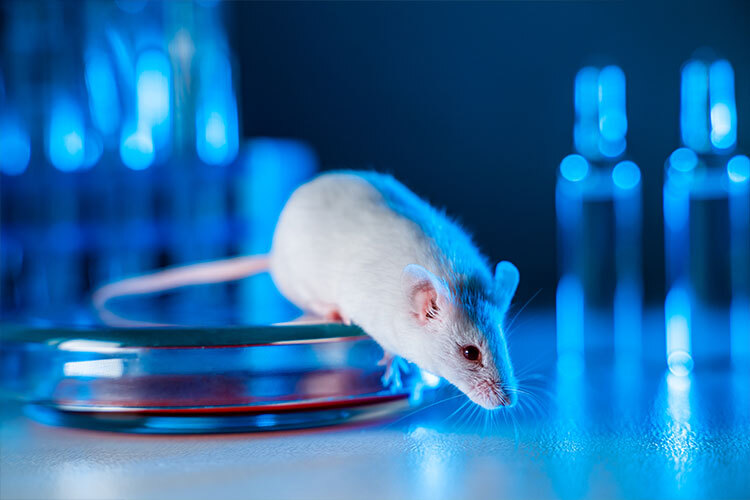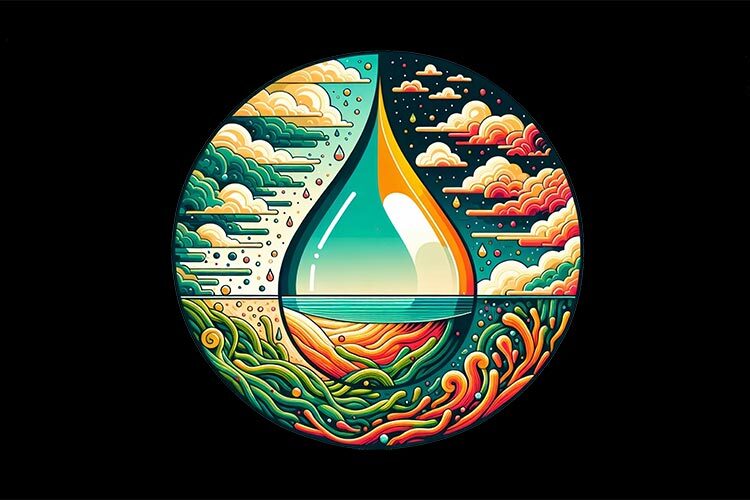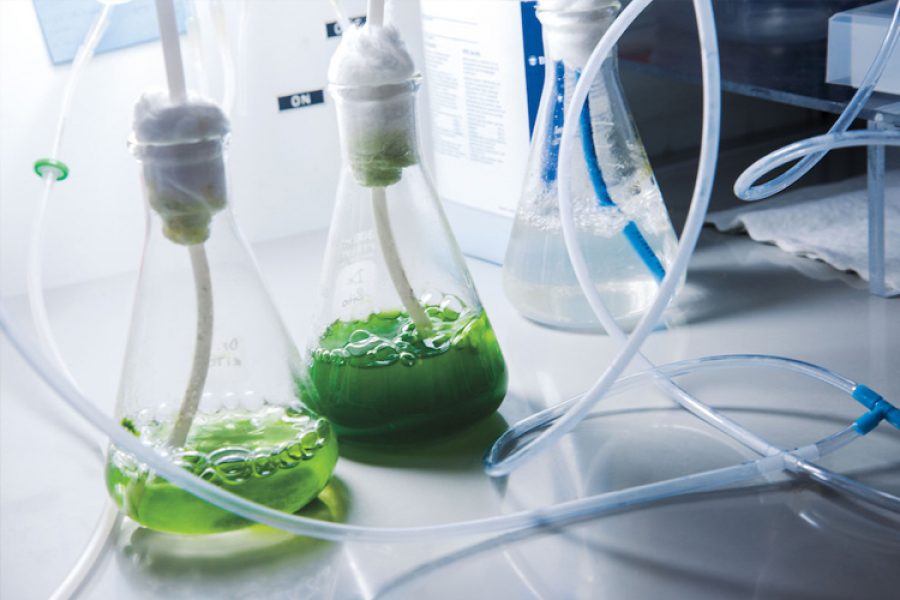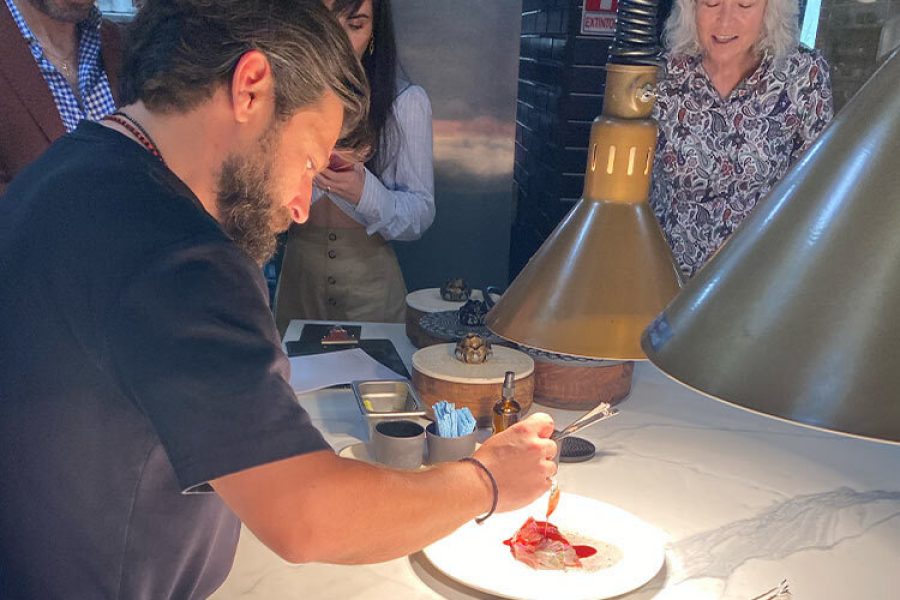The skin is the largest organ in the body, a shell that protects us from external elements. However, for patients suffering from diabetes, this shell is vulnerable to injury and ulceration, so finding ways to treat these chronic wounds has led to the exploration and alternative application of hydrogel.
One million diabetic patients per year are predicted to develop foot ulcers in the United States alone. What’s more, seven million are predicted to experience some skin ulcers throughout their lifetime, some of which will require amputation, affecting their health and quality of life.
Despite the fact that skin transplants and specific bandages are treatment options for these chronic wounds, hydrogels are currently being researched as a substitute to heal wounds more efficiently.
Mohammad Hadi Norahan, a nanotechnology researcher led a study on the structural and biological engineering of 3D hydrogels and their use in chronic wounds, listing some of their characteristics and advantages in medicine.
What is hydrogel used for?
Because they have a strong affinity for water, hydrophilic polymers make hydrogels more easily absorbed.
These gels act as a barrier against bacterial infections, have elasticity like natural tissues, and a porous structure that allows oxygenation.
Additionally, they may be easily removed without causing any damage to newly formed tissue because they don’t stick to the skin, have a great ability to provide moisture to wounds, and facilitate scab removal.
When compared to conventional wound dressings, the ability of hydrogels to maintain ideal humidity speeds up wound healing and promotes the growth of new tissue and blood vessels.
These hydrogels also prevent hypoxia, a lack of oxygen in the wound, which can slow down the healing process.
In addition to having a gel texture, which makes it easier to remove them from wounds, they can be made to degrade and stimulate the growth of new tissue, unlike standard wound dressings, which can damage the skin when removed or require frequent cleaning.
Research on the potential of hydrogels for treating chronic wounds has grown rapidly in the last decade, in which researchers have utilized a variety of polymers, biomolecules, nanoparticles, and living cells to improve their capabilities.
Materials and assets to create hydrogels
Norahan’s work also focuses on significant aspects of hydrogels, such as production processes.
One of these methods is 3D printing, which makes it possible to create hydrogels with distinctive architectures that can be customized for each wound.
Another advantage is the capacity of hydrogels to incorporate bioactive molecules and other materials to speed up the healing process, such as cells and anti-inflammatory and antibacterial substances.
However, care also needs to be taken when using this method for wounds, and Norahan notes that there are as yet no well-developed clinical trials that prove its safety and effectiveness.
Before hydrogels may be sold on the market, numerous animal research and safety trials are still needed before they can be employed in patient therapies.
Additionally, the mechanical characteristics of hydrogels must be enhanced, including their strength and degradability potential.
Despite providing a potentially effective platform for the treatment of chronic wounds and skin regeneration, issues with their structure and biological makeup continue to be a major barrier to their application.
“It is essential to work on their mechanical qualities in order to increase moisture retention, softness, degradation, and oxygenation. These qualities still require research,” says Norahan.


